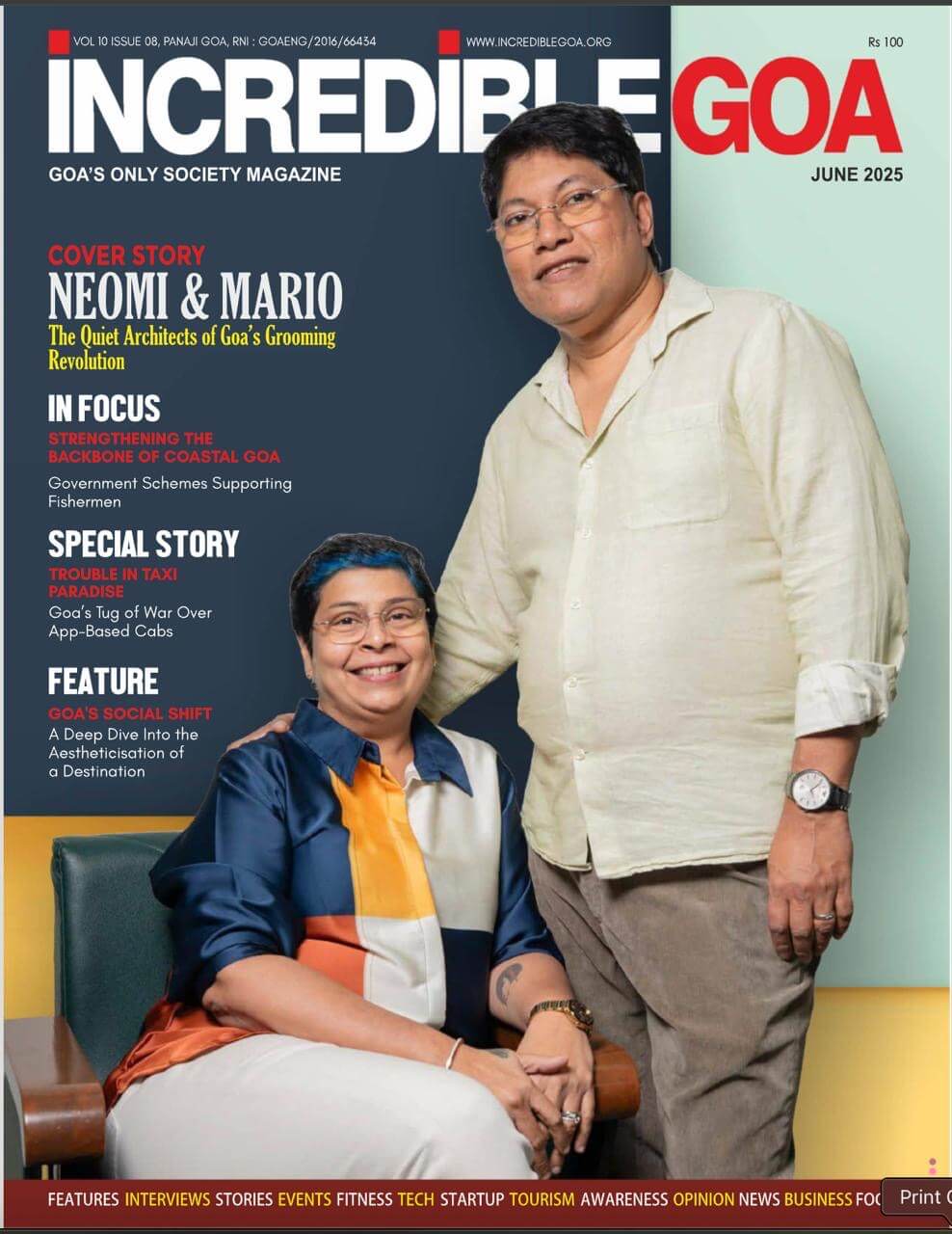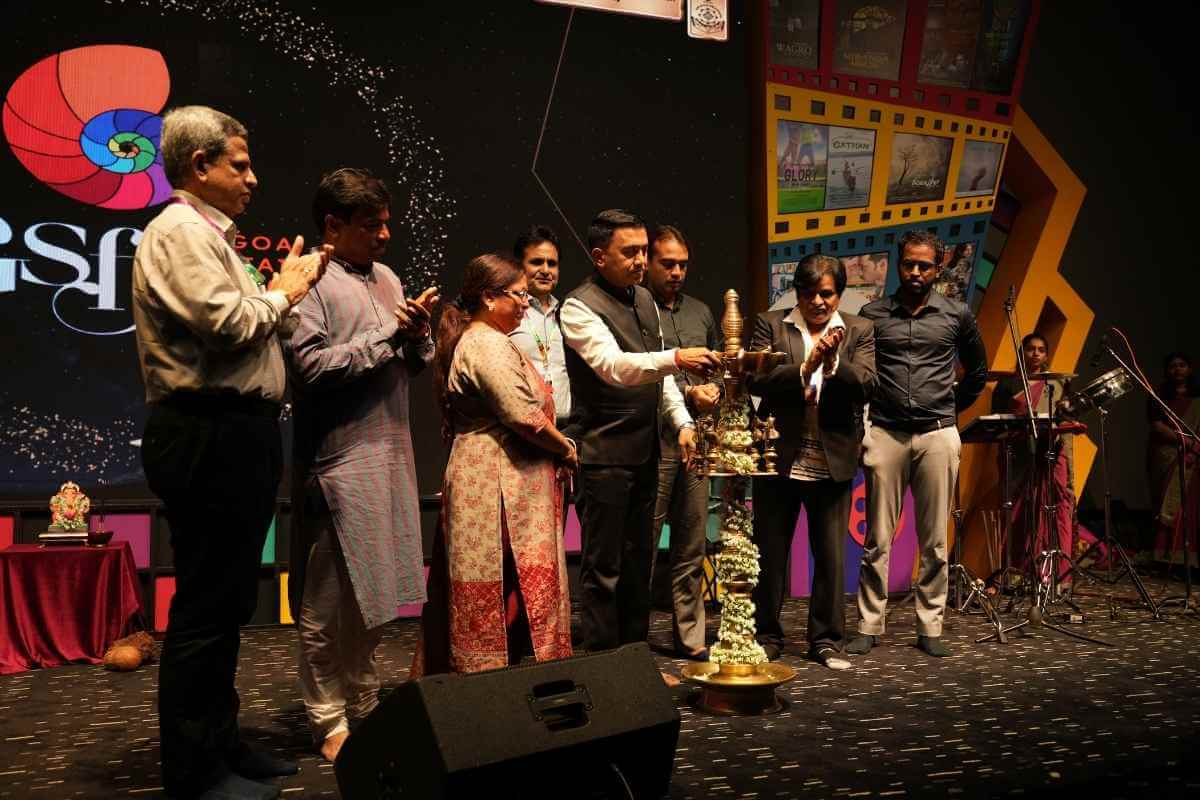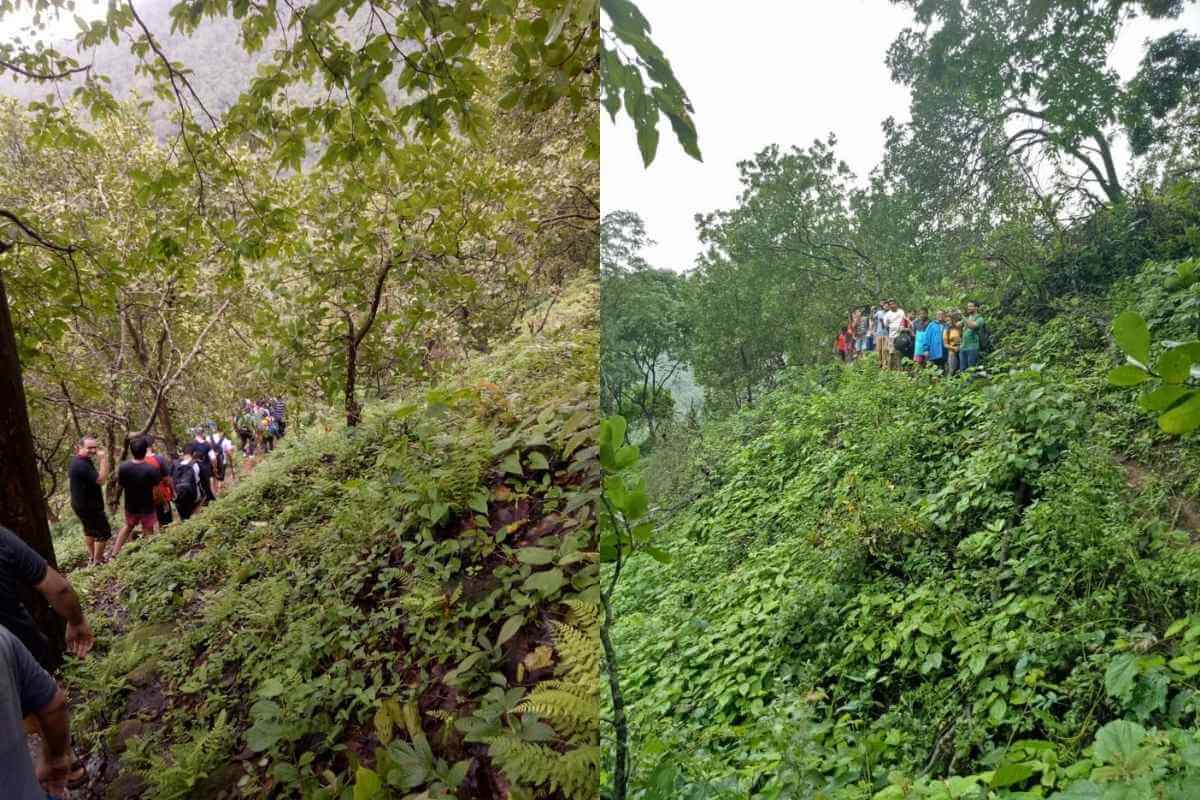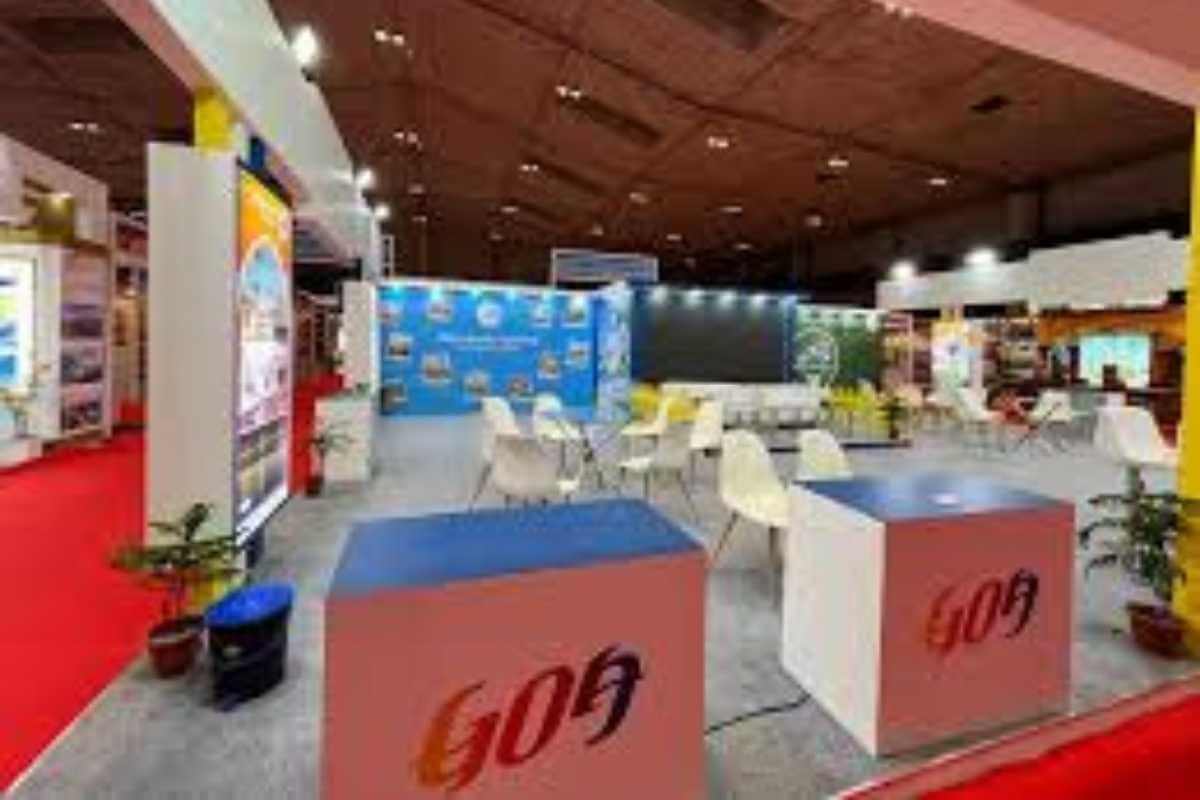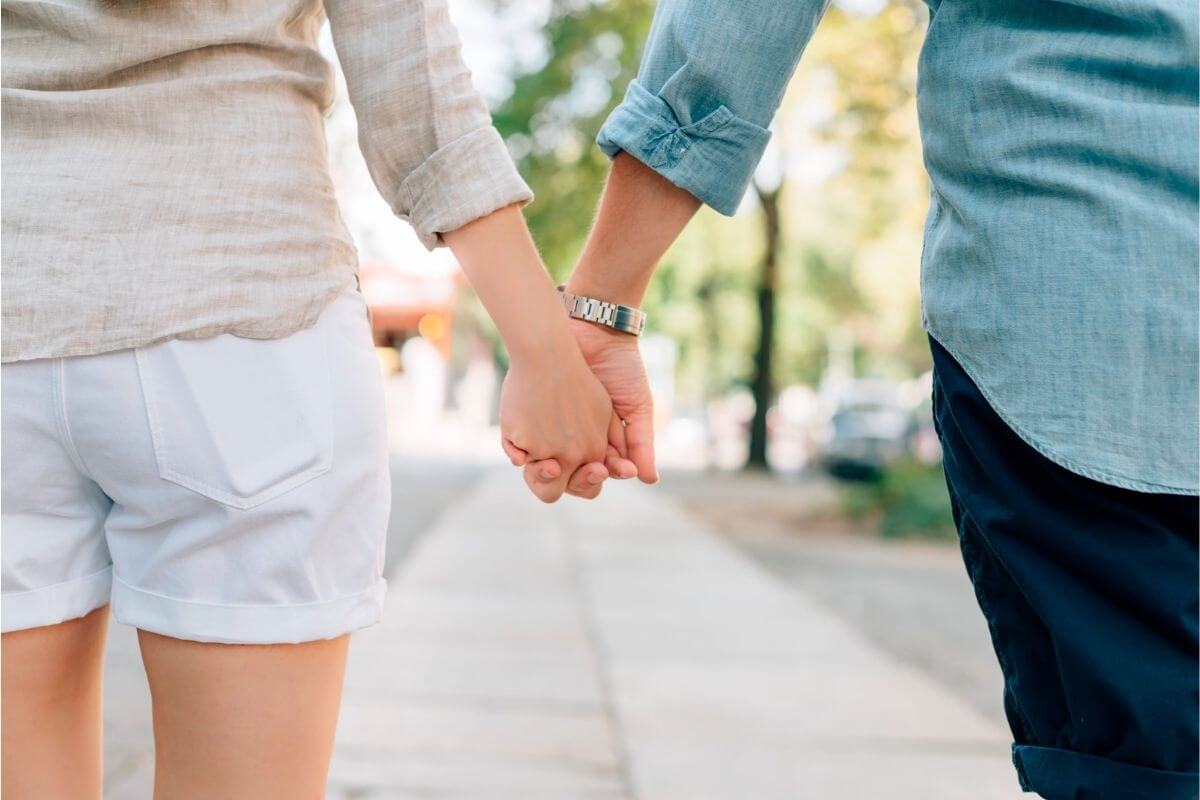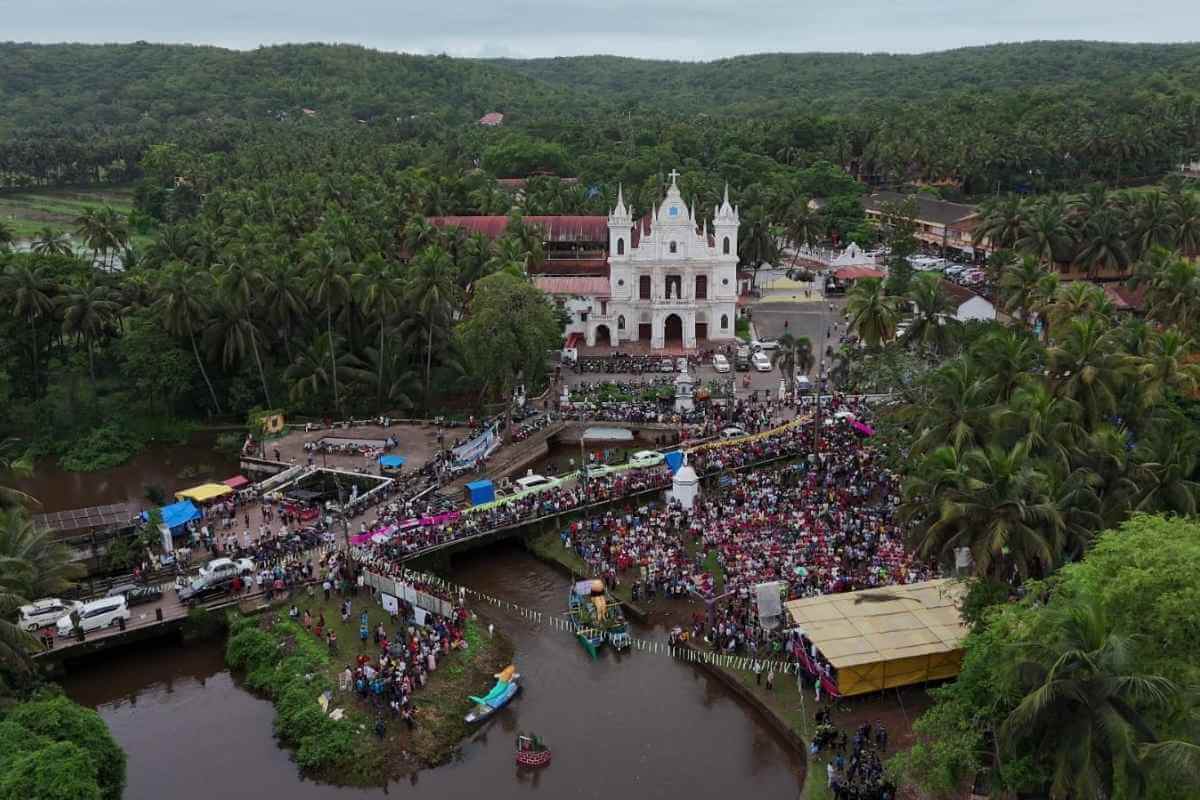Clothing often serves as a reflection of a region’s history, culture, and climate. In Goa, the traditional attire reveals a deep connection to the land’s heritage, its tropical environment, and the various cultures that have influenced it over centuries. The distinct clothing styles of Goa, which have evolved over time, not only highlight the state’s rich diversity but also provide a glimpse into the social and historical changes it has undergone. This article delves into the fabrics, garments, and cultural influences that have shaped the traditional attire of Goa, from ancient times to the present day.
Customarily Used Fabrics in Traditional Goan Garments
The fabrics and materials used in traditional Goan clothing have always been crafted with careful consideration of the region’s tropical climate. Known for its warm and humid weather, Goa’s traditional garments were designed to provide comfort and ventilation. The Kunbi saree, for instance, is one of the oldest and most iconic pieces of Goan attire. Woven by two distinct tribal groups, the Kunbi saree is often crafted from locally sourced cotton and silk threads. This attire is not only worn for everyday purposes but also used in religious offerings, emphasizing its cultural and spiritual significance.
Another notable traditional garment is the Pano Bhaju, a long skirt worn by women, paired with a blouse and a scarf. Similar to the Kunbi saree, the Pano Bhaju was traditionally made from cotton and silk. Men’s traditional attire typically included a simple white shirt, paired with pudvem or kashti (shorts or half pants), which were worn for both everyday activities and special occasions. These fabrics were often known for their intricate patterns, which combined both vibrancy and practicality. Which made them appealing to the eye while maintaining the comfort needed for the tropical environment.
The Colonial Influence on Goan Clothing
Goa’s history of colonization has played a major role in shaping its fashion and textile industry. The arrival of Portuguese rule in 1510 introduced new clothing styles, which blended with the existing Goan traditions to create a distinctive Indo-Western fusion. The Portuguese influence brought with it a shift in both the types of clothing worn and the social customs surrounding attire.
During the colonial period, Goan clothing began to incorporate European elements, introducing garments that were previously unknown to the region. For example, the Pano Bhaju for women and the Kashti for men, which became popular during this time, were direct results of Portuguese influence. At the same time, the Portuguese rulers imposed certain regulations on Goan clothing, such as banning the traditional dhoti and loincloths in public, advocating instead for more “modest” and “respectful” attire, according to their Catholic orthodoxy.
Additionally, the Portuguese also introduced the concept of wearing blouses with sarees for women, which was a departure from the older style where sarees were worn without them. These changes were part of a broader effort to enforce Catholic norms and practices upon the local population, especially among women. Despite these impositions, Goa’s traditional clothing adapted to include these influences while maintaining its unique identity.
Goa’s Unique Approach to Social Status and Clothing
One distinctive feature of Goan society is its lack of a rigid class-based differentiation in clothing. Unlike many other regions in India, where clothing often signified one’s caste or societal status, the Goans wore similar garments regardless of their position in the social hierarchy. The pudvem, a simple garment worn by people of all genders, is an example of this cultural egalitarianism. This uniformity in clothing reflected Goa’s belief in practicality over social status, where attire was more about comfort and functionality than a symbol of wealth or caste.
The inclusivity seen in Goan attire is a testament to the region’s progressive approach to social equality. This tradition stands in contrast to many parts of India, where clothing has historically been used to assert social rank or class. In Goa, the focus was always on practicality and climate-appropriate garments, making the choice of attire an expression of comfort rather than a reflection of one’s social standing.
Other Cultural Influences on Goan Clothing
In addition to the Portuguese, Goa’s clothing styles have been shaped by various other cultural influences. These include European motifs, such as floral patterns and damask designs, as well as Persian embroidery and Buddhist drapes. These influences have contributed to the rich tapestry of Goan fashion, which blends intricate European textiles with traditional Indian methods.
The damask pattern, known for its elegant and elaborate designs, was highly prized and has remained a staple in Goan textiles for centuries. These intricate patterns became popular during the colonial period, as European influences took root in Goa’s textile industry. Alongside European influences, Persian embroidery and Buddhist drapes brought additional layers of cultural richness to Goan attire. This led to further diversifying the region’s clothing styles.
However, it is important to note that some of the traditional garments were suppressed or lost during the colonial period, as they were deemed inappropriate by the Portuguese authorities. For example, many traditional Goan garments that were once seen as more revealing were replaced with modest European-style clothing, often in an attempt to align with the Portuguese colonial ideals of modesty.
Modern-Day Goan Attire
In the present day, Goan clothing has evolved alongside global fashion trends. With the advent of modern technology and the influence of the internet, Goans, like many others around the world, have adopted a variety of styles that reflect global fashion movements. The influence of colonialism has waned, and today’s Goan fashion is a blend of traditional styles with contemporary trends.
While Goan attire has become more cosmopolitan, traditional garments still play an important role in the lives of the people, particularly during religious ceremonies and cultural celebrations. For instance, many Goans continue to wear their Kunbi sarees and Pano Bhajus for religious festivals, cultural shows, and weddings, ensuring that the legacy of Goa’s ancient clothing styles is preserved for future generations.
Conclusion
The evolution of Goan attire reflects the region’s history, culture, and social changes. From the traditional fabrics crafted for the tropical climate to the influence of Portuguese colonization, Goan clothing has adapted and evolved over the centuries. Today, while modern influences dominate daily fashion choices, the rich cultural heritage of Goan attire continues to thrive, celebrated during religious and cultural events. Goa’s unique blend of tradition and modernity ensures that its fashion remains both timeless and dynamic, preserving the region’s legacy while embracing the future.
Despite the changes that have come with globalization, Goan clothing still serves as a vibrant symbol of the region’s history, culture, and inclusive society, offering a glimpse into the past while evolving with the present. The traditional Goan attire is not merely a piece of clothing; it is a testament to the resilience of the region’s cultural heritage and a reflection of the evolving identity of its people.





